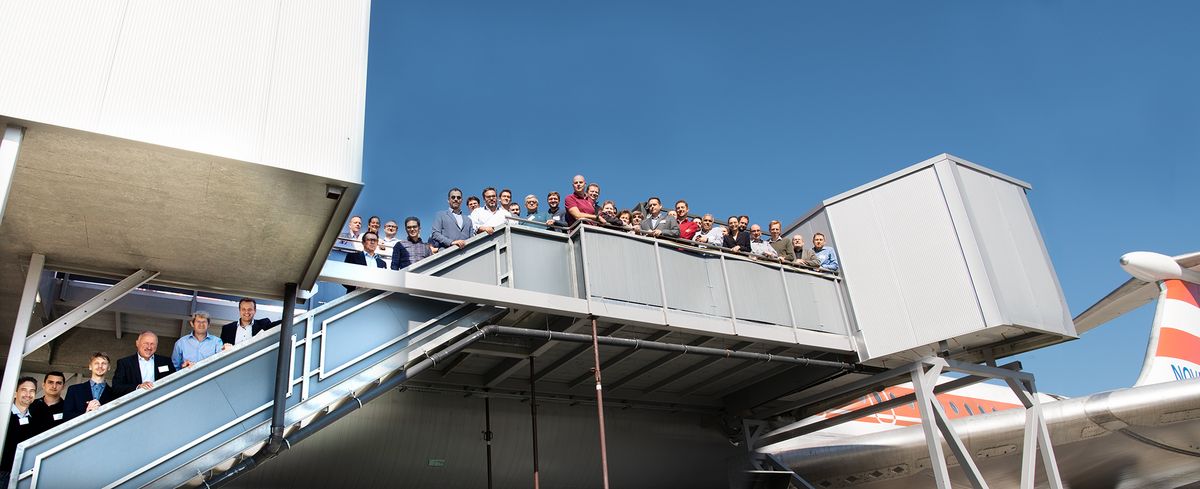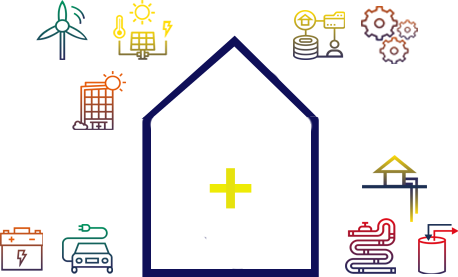
EXCESS - FleXible user-CEntric Energy poSitive houseS – brings together 21 partners from 8 countries to showcase how nearly-zero energy buildings can be transformed into positive energy buildings (PEBs). Funded by the EU Horizon 2020 research and innovation programme over a 4-year period, EXCESS will spearhead four innovative demonstration projects, introducing technical solutions that enable buildings to produce more renewable energy than they consume over the course of a year. By implementing demonstration projects that span across the Nordic, Continental, Oceanic and Mediterranean climate zones, EXCESS seeks to test, validate and share PEB solutions with potential replicability across Europe.
EXCESS merges technical concepts for Positive Energy Buildings with new opportunities for the production of renewable energy and self-consumption, as provided by the EU Clean Energy Package. In addition to driving forward the development of building materials to enable PEBs in diverse climatic conditions, a key focus of EXCESS lies on facilitating the integration of building technologies. In this context project partners explore [1] challenges and opportunities associated with upgrading single technologies within existing building systems; [2] enabling factors for local energy trading and [3] new services to grid operators or utilities. By facilitating technological integration, lifetime costs of PEBs can be effectively reduced, making them affordable to larger portions of the society. The project’s ambitions are reflected in the demonstration cases in Europe’s four main climate zones:
- Continental climate | The main innovation in the Austrian demo case will be a multi-functional façade element with integrated photovoltaic solar panels and a geo-thermal heat pump, linked with an energy community smart control system and energy billing concept.
- Coastal climate | In the Belgian demo site, photovoltaic solar panels powering a ground source heat pump (GSHP) will be installed for a social housing complex. It will also integrate power-to-heat flexible thermal storage in district heating units, adding further resilience.
- Nordic climate | For the demonstration case in Finland a 800 m deep borehole with a system of pumps will use heat from different sources in the ground. During the transitional months, surplus heat produced by the building itself will also be used to charge the ground.
- Mediterranean | In the Spanish demonstration site, a positive energy building system will be achieved by maximising the electricity production from conventional photovoltaic solar panels. The produced energy will be consumed directly in the building and the surplus stored in a battery for daily use.
EXCESS promotes a user-centric approach, and capitalises on new information and communications technology opportunities, for optimising the interplay of local generation, storage, consumption at the building and district level. Project partners will also carry out co-innovation, replication and exploitation activities, to maximise its technical, social and economic impact and to prepare for a future market roll out of the positive energy building concept.
